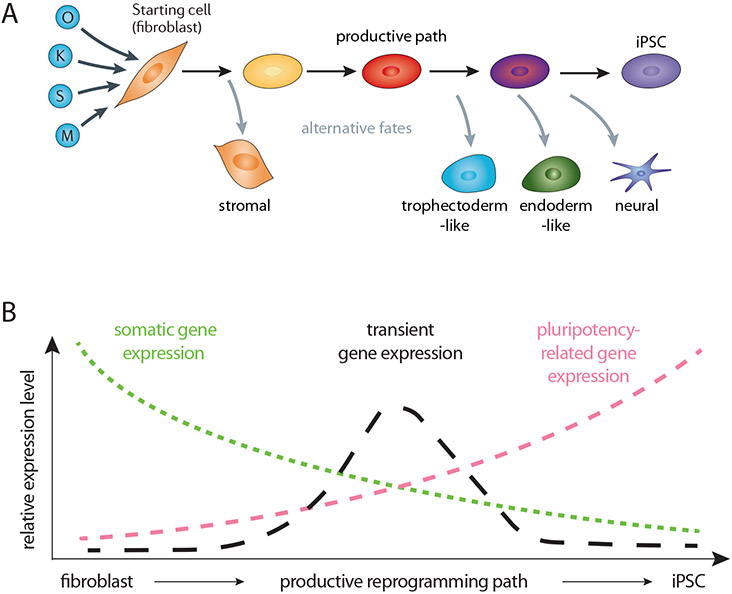Figure 1: Cell state transitions and global gene expression changes in iPSC reprogramming.
A) Roadmap of iPSC induction from somatic cells. Upon expression of OSKM, a diminishing pool of cells transitions through sequential stages towards the iPSC state. In addition to cells stalling along the productive reprogramming path, the formation of alternative cell states explains the low efficiency of iPSC generation. The proportion of cell states at each stage is strongly influenced by the experimental reprogramming system and culture medium [10-12,15].
B) Key gene expression dynamics during OSKM-induced reprogramming. Regardless of the starting somatic cell type, three broad gene expression changes occur on the productive path to iPSCs: somatic program silencing, transient program expression, and pluripotency program activation. Pluripotency program activation occurs gradually with the upregulation of cell cycle, biosynthesis, chromatin remodeling genes, and culminates in the activation of endogenous pluripotency-related TFs. Somatic gene repression and pluripotency gene activation, previously thought to be separated temporally, can overlap in individual cells [12]. It is still largely unclear how the expression of the transient program relates to the silencing of the somatic program and the activation of the pluripotency program.

